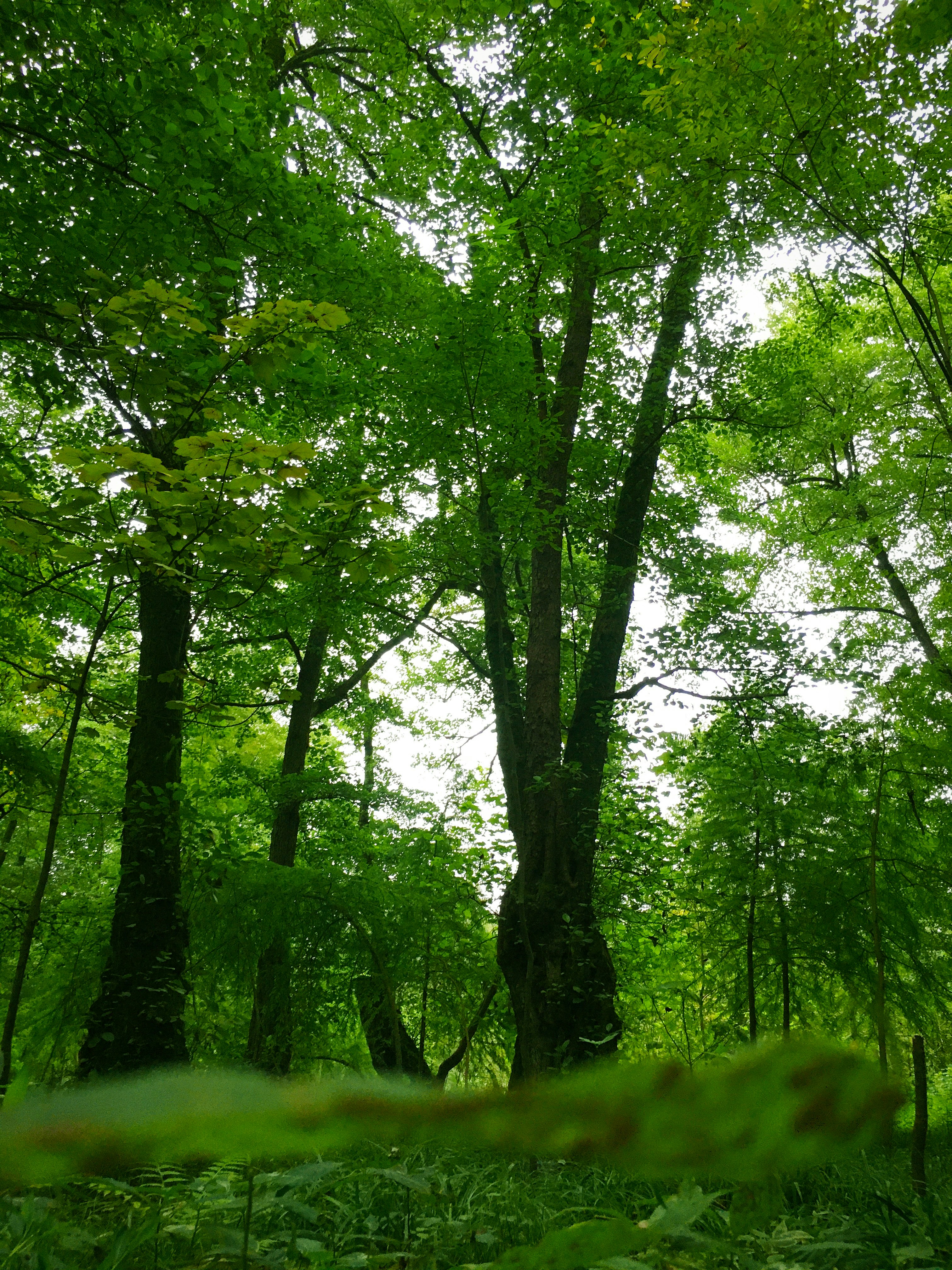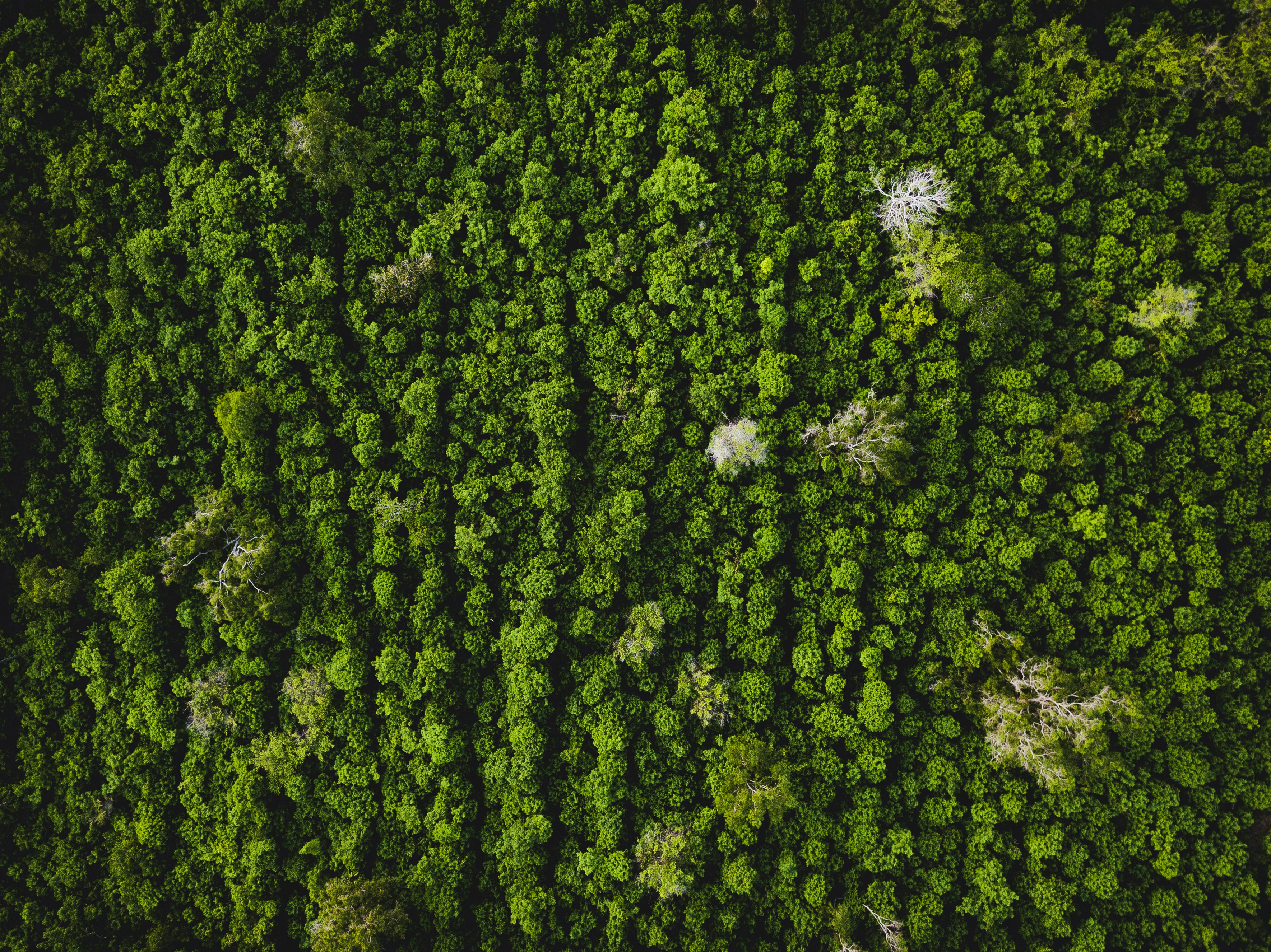Contact us
.png)
01827 284488




At Gradwell Group, we understand the importance of protecting trees during the planning and development process. An Arboricultural Impact Assessment (AIA) is a key part of meeting planning requirements, identifying how proposed works may affect existing trees, and setting out practical measures for their protection.
Our experienced consultants provide clear, comprehensive reports in line with BS5837:2012 (Trees in Relation to Design, Demolition and Construction – Recommendations).
We assess the condition, value, and constraints of trees on-site, evaluate potential impacts, and recommend mitigation strategies to ensure a balance between development needs and environmental responsibility.
Whether you are a homeowner submitting a planning application or a developer managing a large-scale project, our team can guide you through the arboricultural planning process to achieve compliance and sustainable outcomes.

Gradwell Group has a highly experienced team of arboricultural consultants, operating nationwide across the UK. All our specialists are fully qualified, accredited, and insured. Our field teams are supported by a dedicated in-house technical department, enabling us to deliver Arboricultural Impact Assessments swiftly and with precision.
We work to the highest industry standards to ensure your project meets both planning requirements and tree protection obligations.

An Arboricultural Impact Assessment (AIA) is a formal report that evaluates how trees may be affected by a proposed development, whether through construction, demolition, or changes to land use. It forms part of the planning process and is typically required by local planning authorities before granting permission. An AIA helps ensure trees are properly considered at the design stage, minimising conflicts later in the project.
Planning authorities place high value on trees due to their ecological, visual, and community benefits. Where trees are present on or near a development site, an AIA is often mandatory to demonstrate how impacts will be managed. This includes trees protected by Tree Preservation Orders (TPOs) or those located within conservation areas. A thorough AIA not only satisfies planning requirements but also reduces delays, objections, and costly redesigns.


To get a quote for an AIA report for your site, simply give us a call on 01827 284488, or fill in our contact form and a member of our team will be in touch shortly.
We require the following details to provide an accurate survey price:
Once you've accepted our quote, we’ll just need your invoicing details and the contact information for the person who will meet us on site. We don’t require upfront payment—an invoice will be issued upon completion of the survey, and your BNG report will be released once payment is received. Our pricing is all-inclusive, covering all analysis, reporting, and quality assurance, so the amount quoted is the total price you’ll pay—no hidden fees.
Get my free quote nowAt Gradwell Group, we bring together a team of qualified arboricultural consultants with years of experience in assessing, reporting, and advising on tree-related planning issues. Our consultants are members of relevant professional bodies, fully insured, and trained to the latest standards. We pride ourselves on delivering accurate, practical advice that balances development objectives with environmental responsibility.


All our assessments are produced in line with BS5837:2012 – Trees in Relation to Design, Demolition and Construction. This recognised industry standard sets out how trees should be managed throughout the development process. By adhering to these guidelines, we ensure your project aligns with best practice, protecting valuable tree assets while avoiding unnecessary risks and liabilities.
Our AIA process is structured and comprehensive. It begins with a detailed site survey to record tree species, size, condition, life expectancy, and root protection areas.
We then analyse how proposed works could impact these trees—whether through direct loss, disturbance of roots, or changes to soil and drainage. Finally, we provide a clear, illustrated report with recommendations, including mitigation strategies such as protective fencing, root zone management, or selective tree removal where justified.



Our reports are written to a high professional standard, ensuring they meet planning authority expectations. We work closely with architects, planning consultants, and developers to integrate tree-related considerations into the design process early on. By doing so, we help streamline planning applications, reduce the risk of refusal, and demonstrate a clear commitment to environmental responsibility.
Get my free quote nowSee why clients trust Gradwell


“Outstanding service from start to finish. The team at Gradwell Ecology were professional, knowledgeable, and incredibly responsive. They guided us through the entire biodiversity assessment process with clarity and care. The report was delivered on time and tailored specifically to our site. We felt completely supported and confident in meeting our planning requirements. Highly recommended!”
FAQ Section
Biodiversity Net Gain (BNG) is an approach to development that requires at least a 10% improvement in biodiversity value. This strategy ensures that ecosystems are improved through measures either implemented directly on the site or in nearby locations. The focus of this strategy is to underscore the significance of advancing ecological well-being concurrently with developmental projects.
The pre-development biodiversity value is determined using a statutory biodiversity metric tool that evaluates habitat type, size, distinctiveness, condition, and location. This assessment provides a quantitative measure of a site’s biodiversity value prior to any development.
Sustained efforts over a minimum duration of thirty years are essential for habitat management aimed at achieving biodiversity net gain (BNG), encompassing continuous monitoring and upkeep to guarantee the endurance of enhancements in biodiversity. Ensuring that ecosystem improvements remain effective and significant is crucial, and this necessitates a steadfast approach towards maintaining the benefits gained through BNG.
Yes, off-site biodiversity units can be utilized to satisfy BNG requirements when on-site habitat enhancements do not achieve net gain targets, through mechanisms such as conservation covenants, Section 106 agreements, or purchasing credits from approved habitat banks.
The hierarchy of biodiversity gain is essential in BNG as it offers a systematic method for boosting biodiversity. It prioritizes actions that first prevent impacts, then those that minimize them, followed by restoration and ultimately compensation if needed. By setting these priorities, the hierarchy guarantees that conservation efforts are carried out with maximum effectiveness.